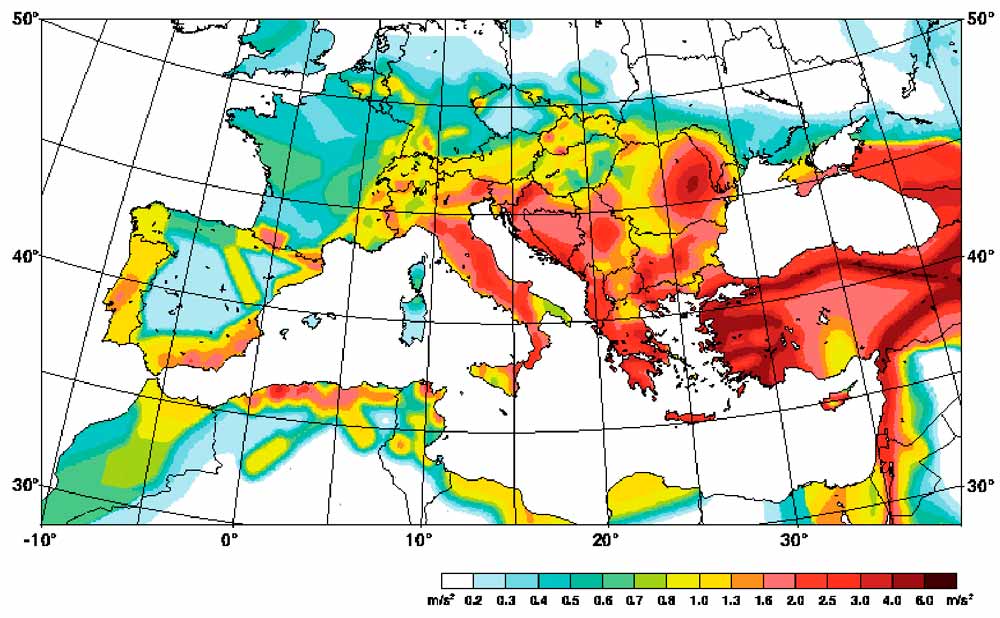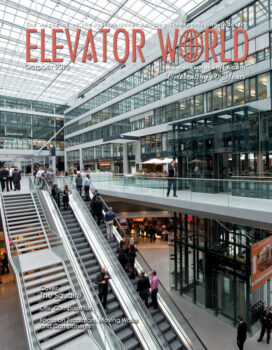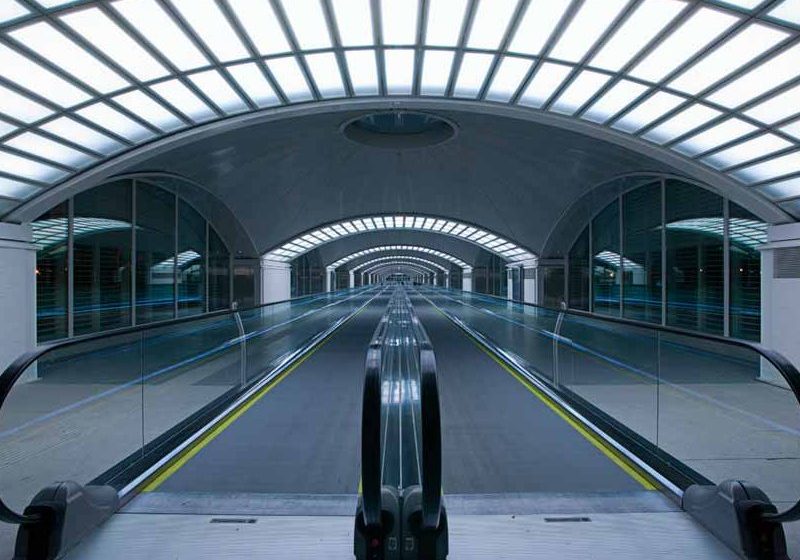The Lift Directive has been undergoing a process of revision. From a technical viewpoint, the envisaged changes are minimal. There is currently no news in respect to other relevant European directives that would impact the lift industry.
As regards European standards, some new parts of the EN 81 series are on the brink of completion, while a revision process has been initiated for certain existing parts. The greatest impact on the field of lift technology will arise over the next few years as a result of the revised EN 81-1 and 81-2, and their transfer into EN 81-20 and 81-50. EN 81-77, for lifts subject to seismic conditions, is due to proceed to a final vote. On the International Organization for Standardization (ISO) level, the ISO 25 745-2 draft has elaborated on the energy performance of lifts, and the enquiry procedure is due to begin. Concepts are presented for the calculation of annual energy consumption and classification of energy performance.
European Directives Lift Directive
The Lift Directive is currently in the revision stage, which became necessary predominantly as a consequence of a new legal framework for all harmonized directives. This is the reason for the essential amendments in the field of market surveillance, obligations of economic operators and the requirements imposed on Notified Bodies. From the technical viewpoint, adjustments are now necessary in terms of the documentation, and future safety devices will require an EC type examination against unintentional movement of the lift car with open doors. The new directive is due to be passed by the end of 2013 and be implemented nationally within two years. It is expected to come into force without further transition by the end of 2015.
Other New European Directives Set to Impact the Lift Industry
In respect of Ecodesign Directive 2009/125/EC, a new decision as to whether applicable lifts should be covered by their own independent product regulation is not due to be taken until 2014. EC Electric Motor Regulation No. 640/2009 is currently undergoing a process of revision. According to the current status of negotiations, lifts will continue to be unaffected. Beyond this, lifts are not affected by any other European Directive revision processes currently taking place.
European Standards Overview
Table 1 provides a breakdown of all European Standards relating to lifts that are either published or in preparation, with an indication of their project status and the anticipated timeframe until their publication.
prEN 81-20 and 81-50
A total of 4,200 comments were submitted during the public enquiry for EN 81-20 and 81-50. Comments were submitted by the European countries: Belgium, Denmark, Germany, Finland, France, the U.K., Ireland, Italy, the Netherlands, Norway, Austria, Portugal, Sweden and Spain, as well as some non-European countries: Australia, China, Indonesia, India, Japan, Malaysia, New Zealand, Singapore, South Korea, Thailand, Taiwan, the U.S. and Vietnam. This reflects the high degree of international interest in these two new standards.
Parts 20 and 50 are expected to go to their final vote by the end of 2013 and be published by CEN (European Committee for Standardization) by around mid 2014, provided they are adopted by the final vote. The first national publications and notification as harmonized standards could take place by the end of 2014. A 36-month transition period is planned following publication by CEN, meaning that the new parts will apply to all new lifts introduced to the market by mid 2017 at the latest. A detailed explanation will be provided of the finally applicable changes at the 2014 Heilbronn Lift Days.
prEN 81-77
prEN 81-77 sets out measures for lifts operated in areas subject to seismic conditions. In Europe, Mediterranean countries such as Italy, Greece and Turkey are repeatedly exposed to strong seismic activity and consequently fall within the most critical zones (Figure 1). But in Germany, too, there are areas that necessitate application of the measures outlined in prEN 81-77.The draft standard defines four categories of resistance to earthquakes, depending on the design acceleration for the components. The design acceleration is calculated from the following parameters:
- Peak ground acceleration of the earthquake
- Properties of the soil
- Height of the building and height of components in the building
- Vibration period of the components and the building
- Supplementary factors
The design process is performed in accordance with EN 1998-1 (Eurocode 8)/DIN 4149. In respect of the effective load, it is assumed that with passenger lifts, 40% of the rated load, and for goods lifts, 80% of the rated load, is moved by the design acceleration. The seismic category of the lift is assigned, and requirements are defined in the standard depending on the degree of design acceleration (Table 1).
Excerpted from Lift Report.

Timeframe and Goals
by Lee Freeland
According to Notified Body (NB) Liftinstituut, CEN (European Committee for Standardization) Committee TC 10 has announced that the new harmonized lift standards EN 81-20 and 81-50 will come into force on June 1. A transition period of three years means lifts based on EN 81-1/2+A3 and EN 81-20 may be sold until June 1, 2016.
The current 15-year-old EN 81-1 and 81-2 were considered to need updating to match their safety aspects with current conditions. The update is the result of research by the European Commission, advice from trade organizations and NBs, as well as 80 interpretations of the current standard. Input also came from the U.S. and China.
Liftinstituut also explained that in terms of structure, the new standard must also fit the new arrangement of lift standards as established in European Commission working group CEN TC 10. As well as stronger doors and limiting the risks of self rescue, important points include more free spaces in the pit and at the top of the shaft. These are considered last resorts for engineers and inspectors if technology fails.
EN 81-20 dictates the design requirements for passenger lifts, as well as passenger and goods lifts, regardless of the drive system used. EN 81-50 describes safety components, as well as research and calculation methods. It eliminates separate standards for hydraulic lifts and emphasizes risk analysis and compliance with the essential requirements of the Lift Directive. As of July, CEN had yet to decide on the duration of the transition period – the time in which the standard must be applied in order to achieve an “assumption of compliance with the Lift Directive.”
Liftinstituut reports the ultimate goal for the European standards is to comprise the leading lift standard worldwide. It lists the main changes for the new standards as follows:
- Ventilation: requirements are necessary for the lift only. Otherwise, local legislation applies.
- Free spaces: more free space to allow a larger number of people on the cage roof is required.
- Bridging the safety line: special tools and extra monitoring are required.
- Inspection controls: the pit is included, and various speeds are outlined, depending on the risk.
- Doors: stronger doors and pendulum shock tests are required, as are warnings against leaving the lift.
- Emergency lighting: 1 lux (rather than 1 W) is indicated.
- Suspension: references are made to new standard load-bearing equipment and 100% traction protection.
Get more of Elevator World. Sign up for our free e-newsletter.









